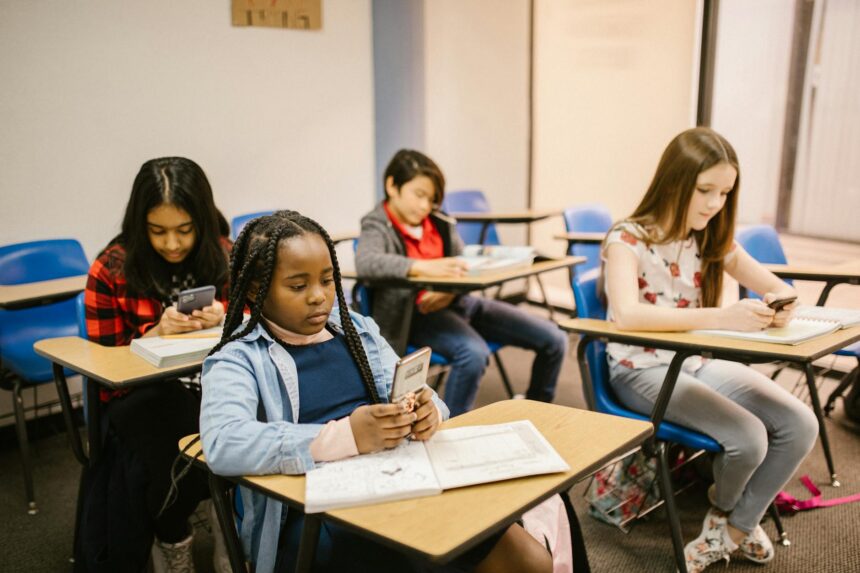Can Education Survive the Disinformation Age?
We live in a world saturated with information. A constant stream flows from our screens, whispering promises of knowledge and understanding. But within this deluge lurks a dangerous undercurrent: disinformation. Falsehoods, masquerading as truth, spread like wildfire, challenging the very foundations of education. Can our educational systems adapt and thrive in this complex and often misleading digital landscape? The answer, while not simple, is a resounding yes, but it requires a fundamental shift in how we approach teaching and learning.
The Disinformation Dilemma
The ease with which disinformation spreads presents a formidable challenge. Social media algorithms, designed to maximize engagement, often prioritize sensational content, regardless of its veracity. Deepfakes blur the lines between reality and fabrication, making it increasingly difficult to distinguish authentic sources from manipulated ones. This constant exposure to misinformation erodes trust in established institutions, including educational bodies, creating a climate of skepticism and confusion.
The Role of Critical Thinking
One of the most powerful weapons against disinformation is critical thinking. It’s the ability to analyze information objectively, question its source, and evaluate its validity. Encouraging students to become critical consumers of information is no longer a luxury, but a necessity.
- Question Everything: Teach students to approach information with a healthy dose of skepticism. Who created this content? What is their agenda? What evidence supports their claims?
- Source Evaluation: Understanding the difference between a reputable news source and a biased blog is crucial. Educators need to equip students with the skills to assess the credibility of sources.
- Lateral Reading: Encourage students to verify information by opening multiple tabs and cross-referencing claims with trusted sources.
Empowering Students with Media Literacy
Media literacy goes hand-in-hand with critical thinking. It empowers individuals to understand how media messages are constructed and how they can influence our perceptions. In the disinformation age, media literacy is not just about understanding different media formats, it’s about deciphering the underlying messages and identifying potential biases.
This involves teaching students to:
- Analyze the language used: Is it emotionally charged? Are there any logical fallacies?
- Identify the target audience: Who is this message intended for? How might it resonate with different groups?
- Deconstruct visual elements: Images and videos can be powerful tools of persuasion. Teach students to critically analyze the visuals presented to them.
“The ability to evaluate information is a cornerstone of a functioning democracy.”
Adapting Education for the Digital Age
Education needs to evolve to meet the challenges of the disinformation age. Traditional pedagogical approaches, often focused on rote memorization, are inadequate in a world where information is constantly evolving. We need to foster a learning environment that encourages active inquiry, collaboration, and problem-solving.
The Future of Learning
While the challenges are real, the opportunities are equally significant. The digital age offers unprecedented access to information and resources. By equipping students with the skills to navigate this landscape effectively, we can empower them to become informed, engaged citizens. The fight against disinformation is not just about preserving the integrity of education; it’s about safeguarding the future of democracy.
Embracing innovative teaching methods, integrating technology effectively, and fostering a culture of critical inquiry are key to ensuring that education not only survives but thrives in the disinformation age. The future of learning depends on it.
